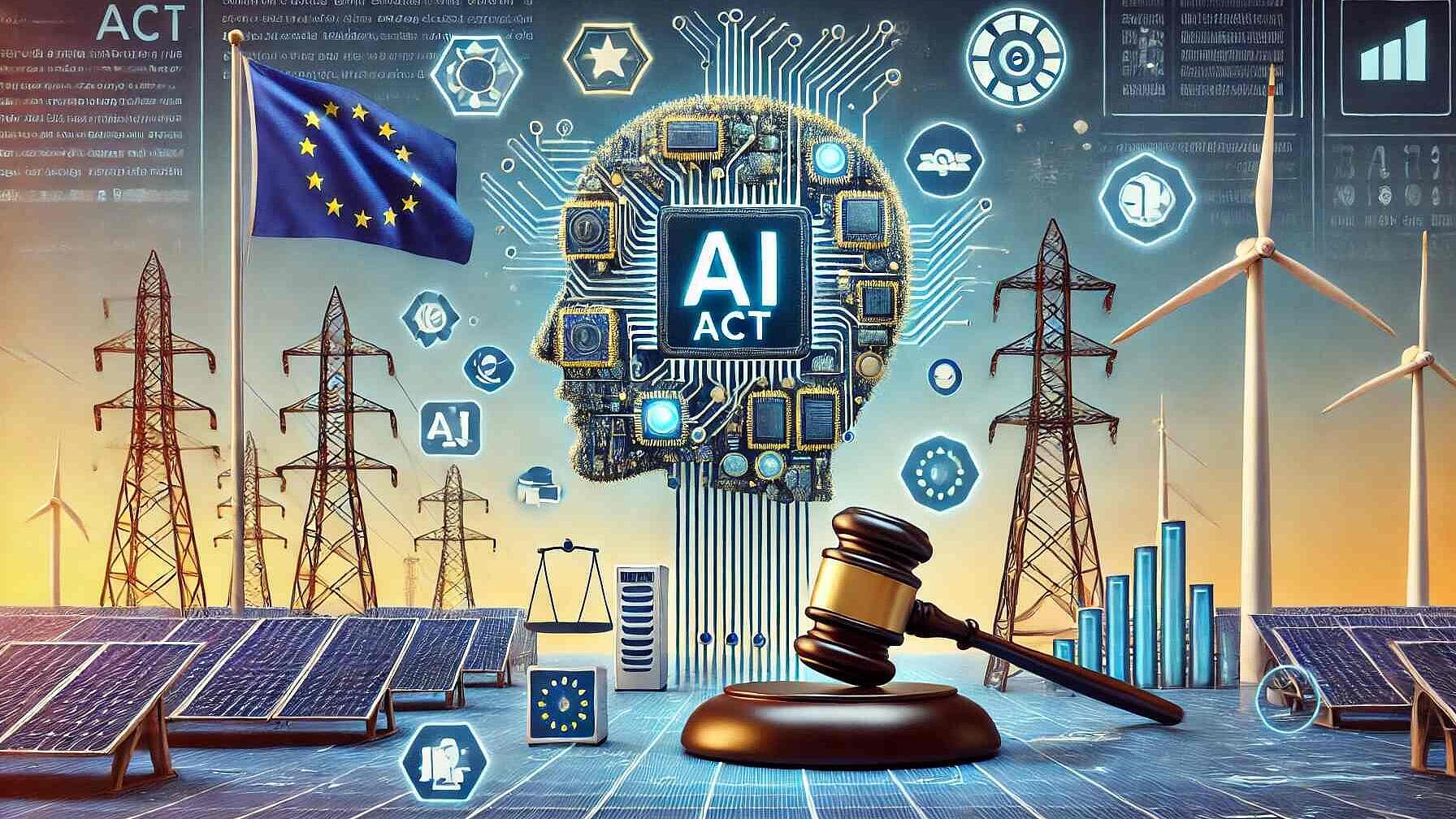 Search Result
Search ResultEU plan to boost green energy
The EU plans a “massive” increase in solar and wind power, and a short-term boost for coal, to end its reliance on Russian oil and gas as fast as possible. In a plan outlined on Wednesday, the…
Read Full articleLaunch at EUSEW 2017: Investors for energy efficiency in industry, district energy and street lighting
If we are to make headway in achieving our energy efficiency objectives, ensuring financing is essential. While there are some low-cost measures, the bulk of what needs to be done is relatively…
Read Full articleRoundtable on Financing Industrial Energy Efficiency, October 19th
October 19th, Brussels - Roundtable on Financing Industrial Energy Efficiency On October 19th there will be a special invitation only roundtable to discuss EEFIG (Energy Efficiency Institutions Group)…
Read Full articleThe AI Act: Shaping Europe's Digital Future and Transforming the Energy Sector
Here is the question: what are the main topics of the AI Act, just published in the Official Journal and thus will apply on 1st of August? And what are top-line implications on energy sectors, both…
Read Full articleThe time is right: Industrial Policy and the European Green Deal
This week, there is a big article in the Financial Times about how Brussels is re-tooling industrial policy. The focus of the article is on how there is increasing support to develop the battery…
Read Full articleRevolutionizing Energy: Discover 5 plus 1 Different Methods for Producing Clean and Abundant Hydrogen
Hydrogen is a versatile and clean energy source that can be used for a variety of purposes, such as transportation, power generation, and industrial processes. One of the main challenges in the…
Read Full articleNew Utility Business Model: leverage customer base
New Utility Busines Model: leverage customer base The typical utility model of the past is dead. The rise of renewables is often mentioned as one of the key reasons. Giant utilities were and are…
Read Full articleDecarbonisation in Japan: Ammonia-coal co-firing versus renewables
Japanese utilities are exploring the case for retrofitting their existing coal power plants to enable co-firing of coal with ammonia to reduce carbon dioxide emissions. However, ammonia-coal co-firing…
Read Full articleEEIP has been awarded the CircLean European industrial symbiosis label "CHAMPION"
In its Circular Economy Action Plan and Waste Framework Directive, the European Union has assigned a prominent role for industrial symbiosis (IS). This concept describes ‘the use by one company or…
Read Full articleDigital Transformation of Energy Utilities – Shifting Gears?
Since 2014, utilities have been increasing their investment in digital infrastructure. This is the key finding of the IEA report “energy and digitalization ” which was published in November 2017. This…
Read Full article








